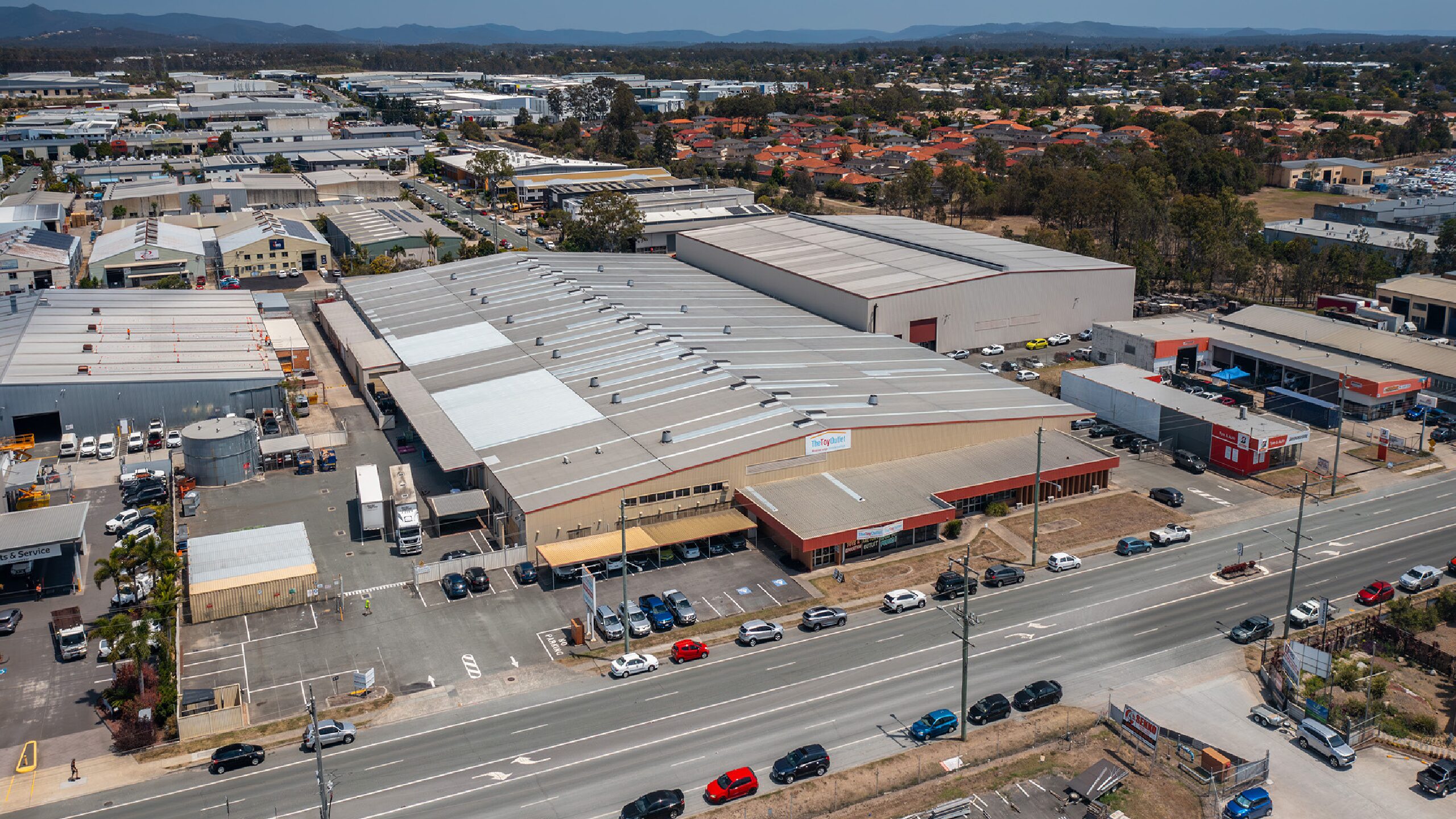Rising housing prices pose risk for retirees: Capspace
Australia’s housing crisis rightly focuses on how younger Australians are increasingly squeezed out of the market. And with Treasury figures showing Australia has fewer dwellings per 1000 people than the OECD average – lagging comparable countries such as Canada, the US and UK, all of which are below the OECD average too – it’s not about to improve.
This lack of supply simply keeps pushing up housing prices, as Treasury figures highlight. In early 2002, the median house price was 4.9 times the median gross disposable household income; by 2024, it was 8.6 times. It’s no different with saving for a deposit. In early 2002, it took less than seven years to save a 20 per cent deposit; now it’s 11.4 years.
In this volatile environment, it is inevitable accusatory fingers are being pointed – mostly at baby boomers portrayed as the major beneficiaries of higher house prices.
But with the rising wealth locked up in residential real estate comes a genuine investment risk for these baby boomers. Put simply, do they have too many eggs in the property basket? The Australian Bureau of Statistics national accounts (finance and wealth) tell the story with about two-thirds of household wealth of $16.2 trillion held in bricks and mortar at March 31, 2024, a percentage that is increasing exponentially due to surging property prices.
Dissecting this record $16.2 trillion figure, it shows residential property accounted for about 67.9 per cent, up from 61.7 per cent in December 2020 – a massive increase. Of the remaining one-third, households held $1.46 trillion directly in equities, $1.73 trillion in cash and deposits, and $3.88 trillion in superannuation.
That such a large – and growing – proportion of household wealth is tied to residential property begs an obvious question – what happens if there is a shakeout in the property market? Based on these figures, even a dip in the median house price would have significant financial consequences for many households.
Private lender and private credit fund manager Capspace managing director Tim Keith argues that with such a large proportion of individual wealth tied up in property, it makes sense for investors to diversify into other asset classes to lessen their risk of their wealth falling should residential property prices retreat.
He says: “While property owners have benefited from property price rises, more defensive assets such as fixed income, and particularly private credit, can deliver more attractive yields than residential property and even fully franked shares.
“That’s important because it is income-yielding assets that will support Australians in everyday living and in retirement.”
He cited the examples of private credit, or non-bank loans, as offering investors a relatively attractive income stream and capital protection through stringent loan processes, along with the security taken over borrower assets. Private credit can deliver investors yields close to 10 per cent a year, almost double typical yields on residential property that fall below five per cent.
Keith adds: “Many private credit loans are floating rate and returns can increase with changes in the cash rate or bank bill swap rate. With inflation remaining sticky – the Reserve Bank board did discuss the case for increasing interest rates at its June meeting – it indicates a positive outlook for the returns on private credit as most corporate loans are floating rate. In sum, any rise in official rates could lift returns on this asset.”
According to Keith, private credit offers an attractive level of regular cash income and return for investors, particularly in comparison to the long-run average returns of more volatile asset classes such as residential property and sharemarkets.
“That is one of the main reasons that Australia’s largest institutional investors are allocating more to private credit assets. AustralianSuper is one of the largest investors and has allocated over US$4.5 billion (A$7 billion) in private credit globally, with the stated ambition to triple its exposure in the coming years.”









